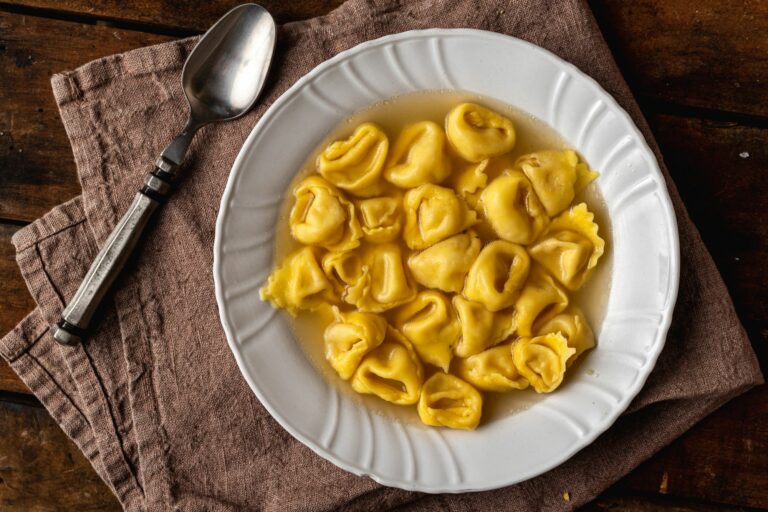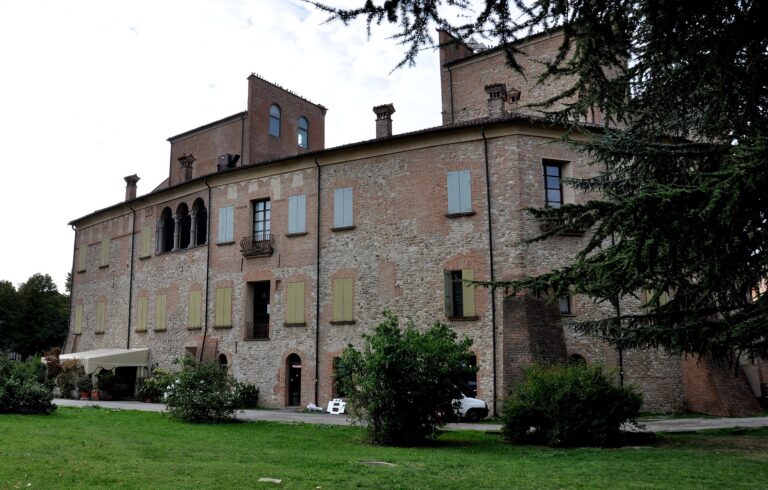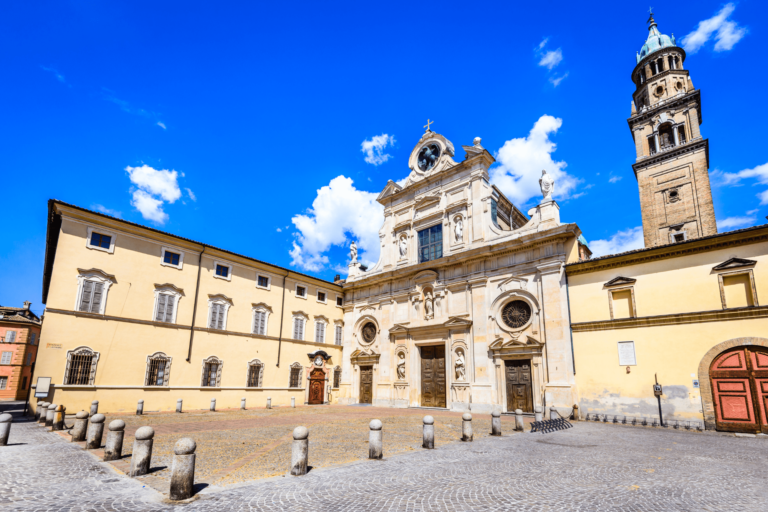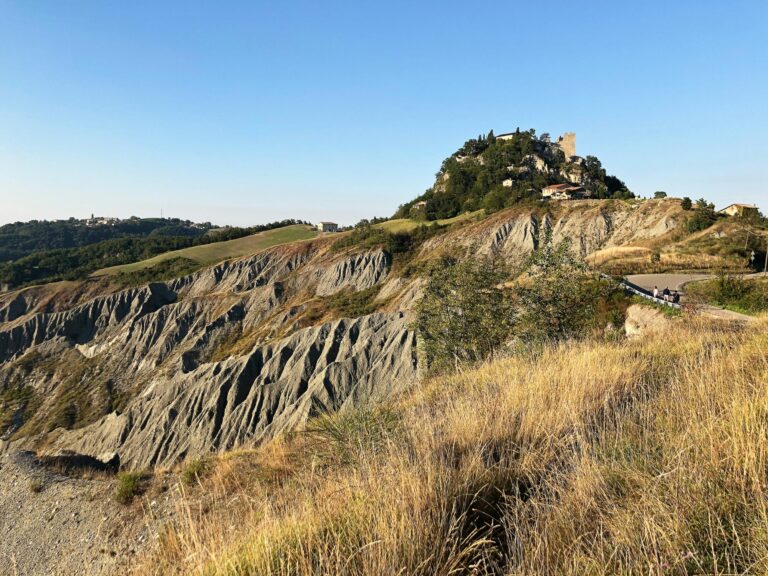(©Image Massimo Telò)
One of the most fascinating Italian cities of art …
Approximately 80 km from our farmhouse, Mantua is one of the most fascinating Italian cities of art. It is called the city of three lakes even if in reality a real lake does not exist: the waters that bathe it on three sides are those of the Mincio, which widens its course here in a large bend, forming a basin divided by two bridges in the Upper, Middle and Lower lakes. The city, which was the homeland of the Latin poet Virgil, owes its past greatness and its valuable monuments to the families who have governed it over the centuries, in particular to the Gonzaga lordship, who from humble peasant origins managed to conquer the city in 1328 and to govern it for almost four centuries, leaving admirable testimonies of its splendour.
Since 2008, Mantua with Sabbioneta, both united by the inheritance left to them by the Gonzagas, has been declared a UNESCO World Heritage Site as an exceptional testimony of Renaissance artistic, urban and architectural achievements. Mantua has a large number of jewels and all preserved with care and love: churches, synagogues, stately buildings, museums, historic centers linked to the events of its past, art galleries, suggestive corners, alleys, streets and small squares lined with ancient urban furnishings.
An absolutely must-visit place is the Duomo dedicated to Saint Peter, with its imposing neoclassical facade in Carrara marble surmounted by statues of the city’s patron saints. The church, of very ancient origins, preserves the interior redone to a design by Giulio Romano and numerous works of art created by great artists such as Antonio Maria Viani, Ippolito Andreasi, Niccolò Ricciolini and Bernardini Malpizzi. The Basilica of Sant’Andrea, the largest church in Mantua, is also of considerable interest. Designed by Leon Battista Alberti, it was built starting from 1472 and finished in the seventeenth century. In the first chapel on the left are the tomb of Andrea Mantegna and his bronze bust, which seems to have been executed by the artist himself; the frescoes on the walls are by painters of his school. Among the other churches, the following should be mentioned: the Rotonda di San Lorenzo, the oldest church in the city, built in the 11th century during the domination of the Canossas; the Church of San Sebastiano, designed by Leon Battista Alberti in 1460 in very original forms, which anticipate some aspects of Renaissance architecture; and the Church of San Francesco, with the Gonzaga Chapel decorated with precious frescoes from the 1300s. Also worth a visit is the Norsa Torrazzo Jewish Synagogue, which was transferred and faithfully rebuilt in its current location, when it was decided to demolish the Jewish quarter, between 1899 and 1902.
Among the palaces of Mantua, Palazzo Ducale stands out, a magnificent architectural complex made up of numerous buildings connected to each other by corridors and galleries, and enriched by internal courtyards and vast gardens. Ancient Gonzaga palace, the complex is the harmonious result of the combination of different styles in different eras. The Castle of San Giorgio is also part of the Doge’s Palace, inside which important historical and artistic testimonies of Mantua of the past are preserved, among which we note the famous Camera Picta, better known as the Camera degli Sposi, frescoed by Andrea Mantegna between 1465 and 1474. Other buildings worth mentioning include: Palazzo Te, a grandiose suburban villa commissioned in 1525 by Federico II Gonzaga to Giulio Romano in the locality known as Tejeto; Palazzo di San Sebastiano, of which you can admire in particular the wonderful Loggia dei Marmi and numerous frescoes of almost four centuries of history of Gonzaga Mantua; Palazzo del Podestà, also known as Palazzo del Broletto, built in the thirteenth century and modified in the fifteenth century following damage caused by a fire; Palazzo D’Arco, for the construction of which its designer, Antonio Colonna, was inspired by the modules of Palladian architecture; and the Casa del Mantegna, built in 1476 and inhabited until 1496 by the artist who decorated the interior.
There are also various towers in the city, including: the Clock Tower, built in 1472 to a design by Luca Fancelli; the Torre della Gabbia, which, with its 55 meters of height, stands out in the Mantuan panorama; the Torre degli Zuccaro, also known in dialect as “Tor dal Sücar”, sugar tower; and the Gambulini Tower, which already existed in the 1200s, deriving its name from the family that owned it. In addition to the fascinating architecture, Mantua also offers a large number of museums scattered throughout its territory, among which, in addition to the Museum of Palazzo Ducale and the Civic Museum of Palazzo Te, we should mention: the Museum of the City of Mantua, with an important nucleus of works that tells the most emblematic moments in the history of Mantua and some traits of its great artistic civilization; the National Archaeological Museum, with Neolithic, Bronze Age, Etruscan, Venetian, Celtic, Roman, Longobard, Goth, Medieval and Renaissance finds, all from the Mantua area; the Francesco Gonzaga Diocesan Museum, housed in the main cloister of the former Augustinian monastery of Sant’Agnese, a building steeped in history; and the Numismatic Museum, which together with the one formed by the King of Italy Vittorio Emanuele III and exhibited in Palazzo Massimo in Rome, constitutes the most complete collection of ancient coins and medals of Mantua and the Gonzagas.
As far as gastronomy is concerned, Mantuan cuisine is deeply linked to ancient peasant traditions, and reflects a strong link with the nearby areas. In particular, the city has always been considered a land of pumpkin production, still today the undisputed protagonist of the typical local dishes, such as the famous Tortelli with pumpkin. Also try: Bigoli con le Sardelle, seasoned with sardines in salt and oil; donkey stew, which can be eaten on its own with its cooking sauce, with polenta, or it can be used to flavor maccheroncini with the press or as a filling in agnolini; the Pollo alla Gonzaghesca, a reworking used by Mantuan families of the 1662 recipe of the ducal chef Bartolomeo Stefani; and the Sbrisolona, a delicious cake that takes its name from the dialect “brise” meaning crumbs, because the cake dough must be very crumbly and therefore reduced to crumbs.
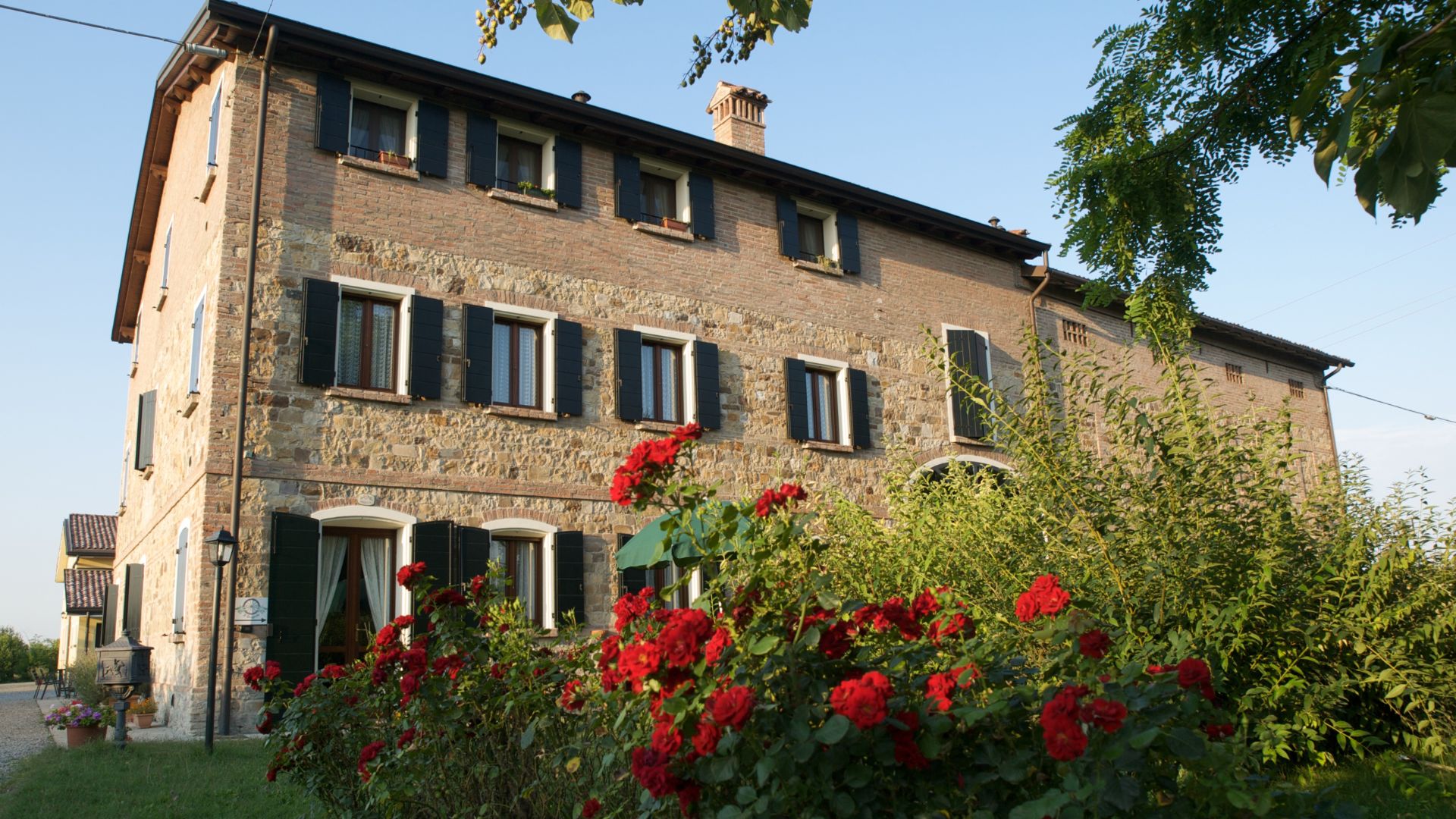
AGRITURISMO IL BRUGNOLO
Welcome to il Brugnolo
If you’re looking for completely independent apartments surrounded by greenery you really are in the right place here!
In fact, Brugnolo is immersed in the green nature of the Emilian countryside. For your relaxation, for that of your children, and again for the runs of your 4-legged friends, you will have 6000 square meters of park at your disposal!

